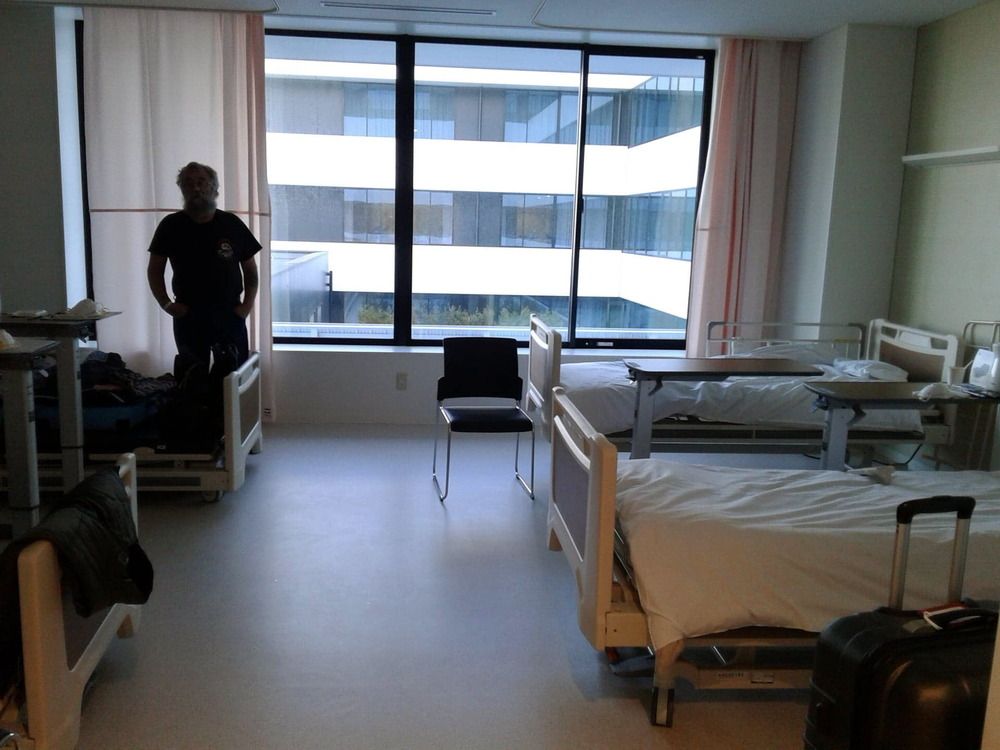Health
Japan’s Health Care System: How Patients Avoid Long Wait Times

Japan’s universal health care system stands out for its efficiency, as patients face virtually no wait times for medical procedures. During a recent visit to Tokyo, Dr. Yoshifumi Ikeda, medical director of a university hospital, expressed disbelief when informed about the lengthy surgical wait times experienced by Canadian patients, exclaiming, “A year!” This stark contrast showcases how Japan has developed a system that prioritizes immediate access to health care.
In Japan, patients can often schedule surgeries within a week or even the next day for emergencies. For less urgent cases, waiting times usually do not exceed a month. Research from the Organisation for Economic Co-operation and Development (OECD) conducted in 2020 confirmed that Japan faced no wait time issues across eight medical categories, including diagnostic scans and critical surgeries. In stark contrast, Canada struggled with significant delays in all these areas.
While visiting a private hospital in Osaka, the director echoed Dr. Ikeda’s comments, stating that emergency cases could be accommodated immediately, while non-urgent cases would be seen within a month. This efficiency is attributed to Japan’s approach to health care supply, which actively encourages the establishment of new clinics and facilities.
In Japan, the government sets fixed prices for various medical services, allowing both non-profit and for-profit providers to enter the market. This system contrasts sharply with Canada, where government restrictions limit the establishment of new health care services. In Canada, opening a surgical clinic requires navigating complex political processes, which can deter new entrants into the market.
Additionally, Canadian patients face challenges when seeking private care. Laws often restrict patients from paying for services outside the public system, leading many to seek treatment in other provinces or even abroad. In Japan, the universal health care model ensures that a vast majority of medical expenses are covered by the government, with patients contributing a small portion. For instance, Dr. Ryozo Matsuda from Ritsumeikan University indicated that a visit to a family doctor typically costs around 3,000 yen (approximately $28), while patients undergoing more complex procedures, like heart surgery, face expenditure caps. Those earning a lower income might pay no more than $840 for such operations.
Another critical factor contributing to Japan’s health care success is the lifestyle choices of its citizens. The country boasts a significantly lower obesity rate, with less than five percent of the population classified as obese, compared to around one-third of Canadians. This healthier living translates into lower health care demands, reducing the need for extensive medical intervention.
Japan’s health policies prioritize preventive care, emphasizing initiatives such as banning junk food in schools and mandating annual waistline measurements for employees. While such measures might be met with resistance in Canada, similar reasonable policies could potentially improve public health outcomes.
The experiences and observations from Japan’s health care system provide valuable insights for other nations, particularly Canada. By simplifying the process for expanding health care services and enhancing focus on preventive measures, Canada could achieve a more efficient health care system that minimizes wait times for patients.
-

 Politics4 weeks ago
Politics4 weeks agoSecwepemc First Nation Seeks Aboriginal Title Over Kamloops Area
-

 World5 months ago
World5 months agoScientists Unearth Ancient Antarctic Ice to Unlock Climate Secrets
-

 Entertainment5 months ago
Entertainment5 months agoTrump and McCormick to Announce $70 Billion Energy Investments
-

 Science5 months ago
Science5 months agoFour Astronauts Return to Earth After International Space Station Mission
-

 Lifestyle5 months ago
Lifestyle5 months agoTransLink Launches Food Truck Program to Boost Revenue in Vancouver
-

 Technology3 months ago
Technology3 months agoApple Notes Enhances Functionality with Markdown Support in macOS 26
-

 Lifestyle3 months ago
Lifestyle3 months agoManitoba’s Burger Champion Shines Again Amid Dining Innovations
-

 Top Stories2 months ago
Top Stories2 months agoUrgent Update: Fatal Crash on Highway 99 Claims Life of Pitt Meadows Man
-

 Politics4 months ago
Politics4 months agoUkrainian Tennis Star Elina Svitolina Faces Death Threats Online
-

 Sports5 months ago
Sports5 months agoSearch Underway for Missing Hunter Amid Hokkaido Bear Emergency
-

 Politics5 months ago
Politics5 months agoCarney Engages First Nations Leaders at Development Law Summit
-

 Technology5 months ago
Technology5 months agoFrosthaven Launches Early Access on July 31, 2025





















